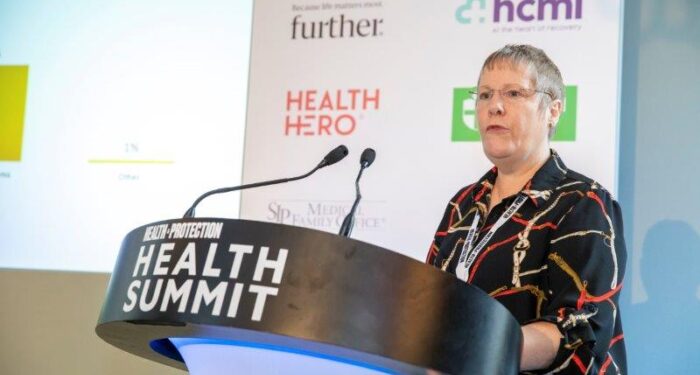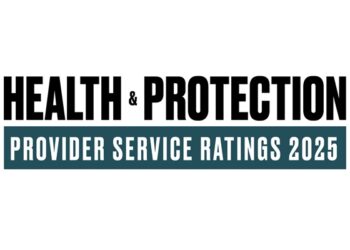Private healthcare billings for procedures and consultations conducted through insurance were 19% higher at the start of 2023 when compared to the same period of 2022, according todata from Healthcode.
The organisation revealed it processed 8.6 million insurer invoices in 2022 on behalf of hospitals, practices, clinics and practitioners.
And for the period covering January and February 2023 insured billing volumes were 19% higher than 2022 across private healthcare setting, while for hospitals alone, billing for the year to date was up by 9% on 2022 and in non-hospital settings it had jumped by 26%.
The data also showed that compared with February 2022, hospital billing volumes rose by 6% while non-hospital volumes rose by 31%. For the year to date (January and February), volumes are up 9% and 26% respectively.
Outpatient volumes in February were up 5% compared with 2022 while admitted patient bill volumes were up 12%. However, the long-term trend shows more patients are being treated as outpatient or day cases, rather than requiring inpatient care.
Medical specialty
Turning to medical specialty – orthopaedics and trauma continued to be the top hospital specialty with an insured bill volume of 50,000 in February, slightly higher than January but very marginally down on February 2022.
Radiology became the second largest hospital specialty in terms of billing volumes with 34,000 cases in February, up by 13% on 2022.
Growth in this specialty is likely to reflect the growing importance of diagnostic imaging services in private healthcare, Healthcode noted.
After volumes fell away over the pandemic, hospital physiotherapy has seen a significant rise in 2022. Volumes for February were 28,000, up 27% on 2022.
Physiotherapists also accounted for more than 20% of non-hospital billing in the six months up to the end of January 2023.
Countries and regions
And in terms of regional variations across the UK, hospital billing volumes were up across UK countries compared with February 2022.
London, widely regarded as the hub of private healthcare, saw a year-on-year rise in billing volumes of 8% in February.
This was largely repeated outside the capital, particularly in the North East (up 8%), West Midlands (up 8%) and North West (up 7%).
The exceptions were Yorkshire and the Humber, and the South West where volumes were slightly lower than February 2022 (down 2% and 6% respectively).
Fiona Booth, head of external affairs and stakeholder engagement at Healthcode, (pictured) said: “At this point, the vital signs are good and we anticipate another record year for insured claims following the recovery we reported across the sector in 2022.
“It picks up the long-term trend that was apparent before 2020 and so with hindsight we can say the pandemic effect didn’t diminish the fundamental strength of the private sector.
“Beyond Healthcode’s billing data, we’ve seen evidence of this resilience in other areas of our business. For example, the number of practitioners registered on The PPR (Private Practice Register) surged over the pandemic years, from 16,000 back in 2019 to 35,000 by December 2022 and the annual total of electronic invoices to self-pay patients through our Hospital Shortfall Collection Service and Online Payments has doubled since 2020.
“A thriving private healthcare sector is important to meet growing patient demand for diagnostic services and specialist treatment, to support the public sector and to ensure providers can invest in safe, high-quality care.”






